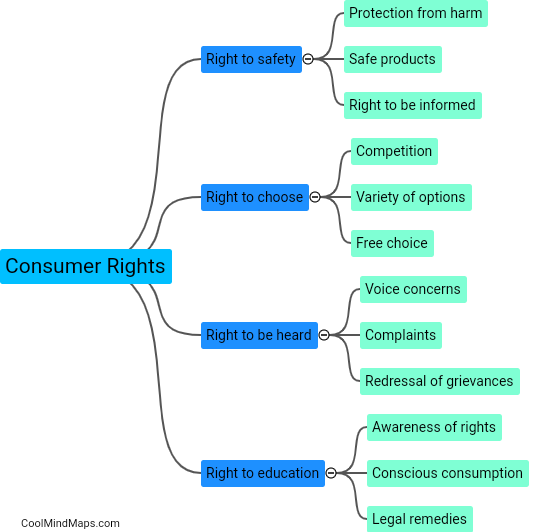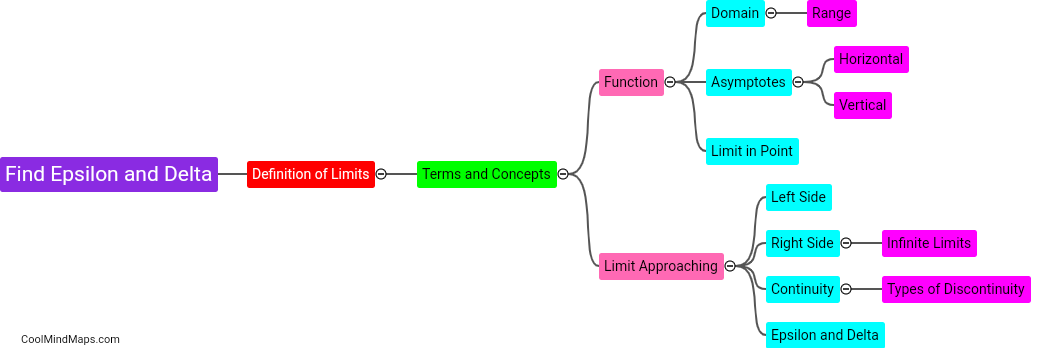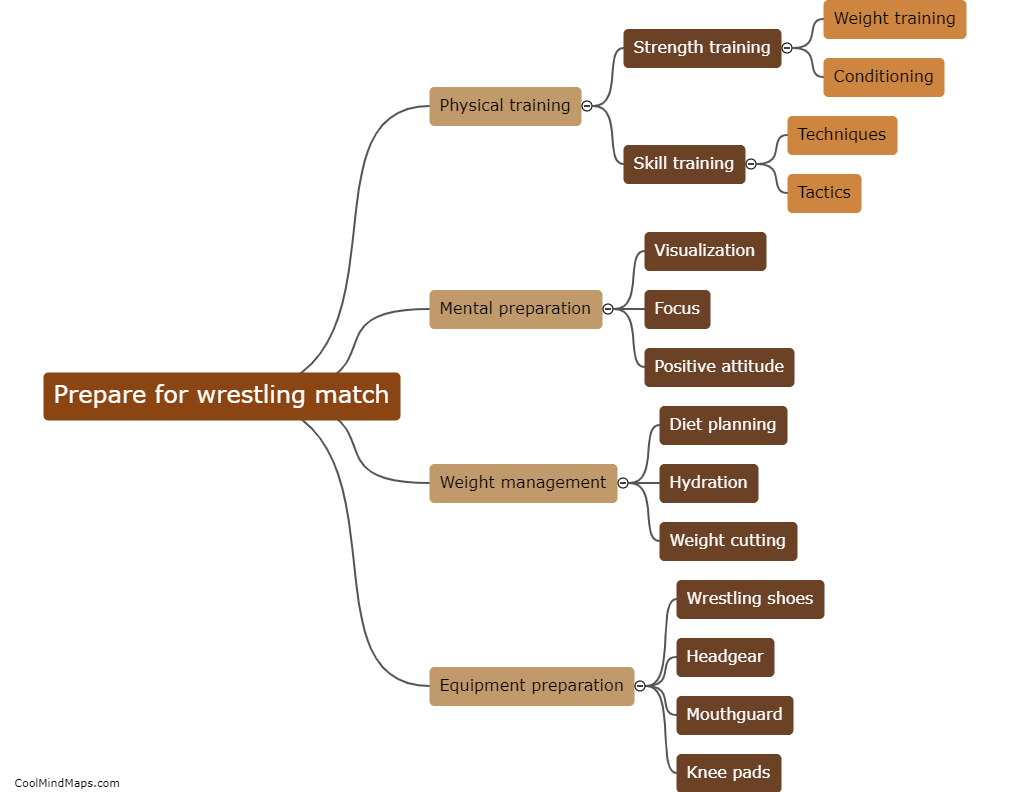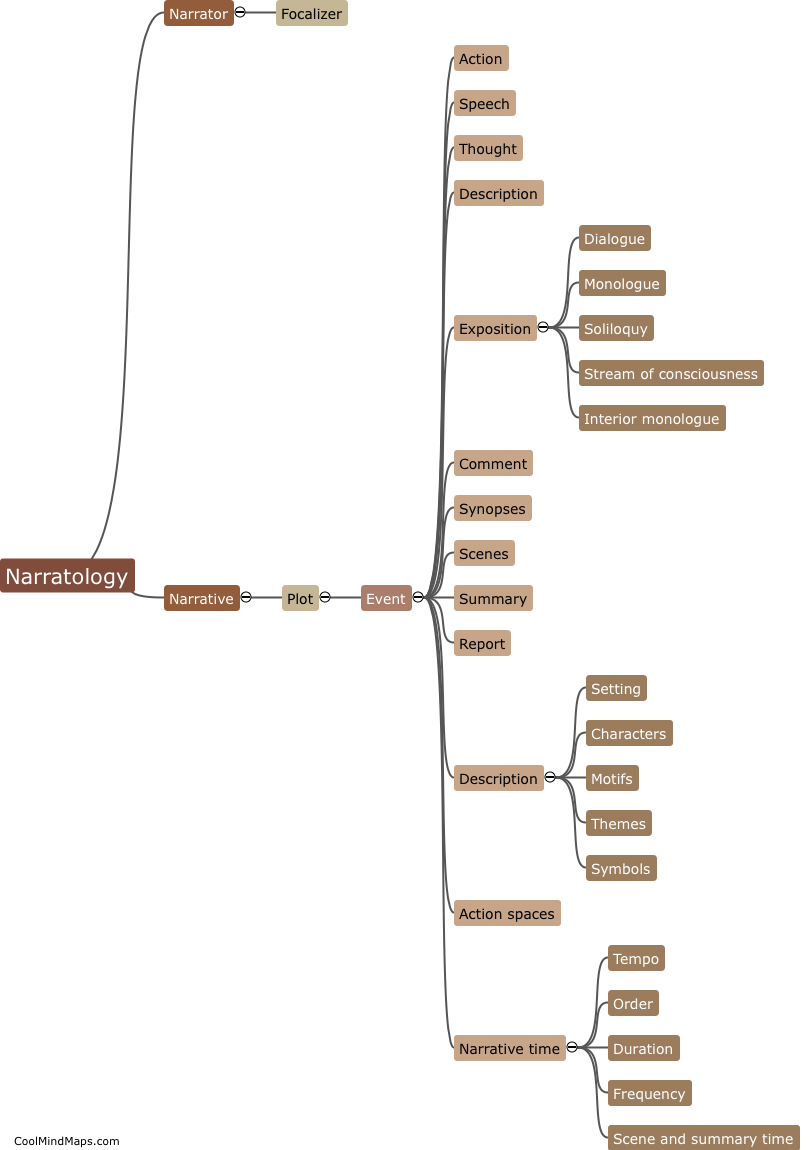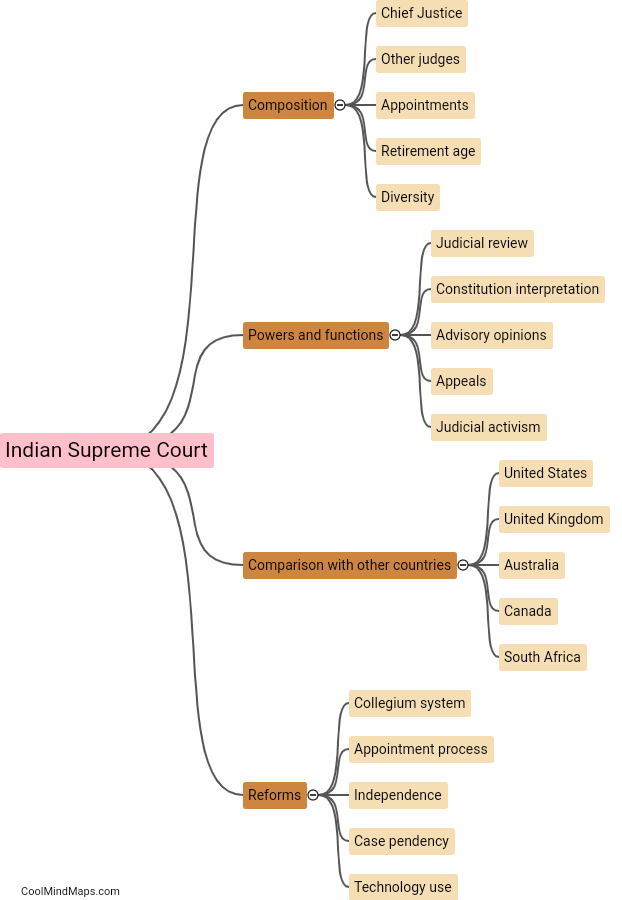What are the components of a qPCR reaction?
A qPCR or quantitative PCR reaction is a common method used in molecular biology for the quantification of DNA or RNA. The main components of a qPCR reaction include template DNA or RNA, forward and reverse primers, Taq polymerase enzyme, nucleotides, and fluorophores/dyes. The forward and reverse primers are designed to specifically target the DNA or RNA sequence of interest. The Taq polymerase enzyme amplifies the target DNA or RNA while the nucleotides provide the building blocks for DNA synthesis. The fluorophores and dyes are used to detect and measure the amplification of the target DNA or RNA in real-time. The overall goal of qPCR is to accurately quantify the amount of DNA or RNA in a sample.
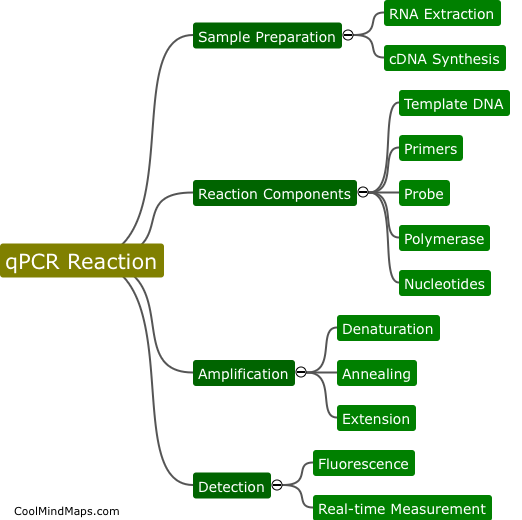
This mind map was published on 29 April 2023 and has been viewed 94 times.




